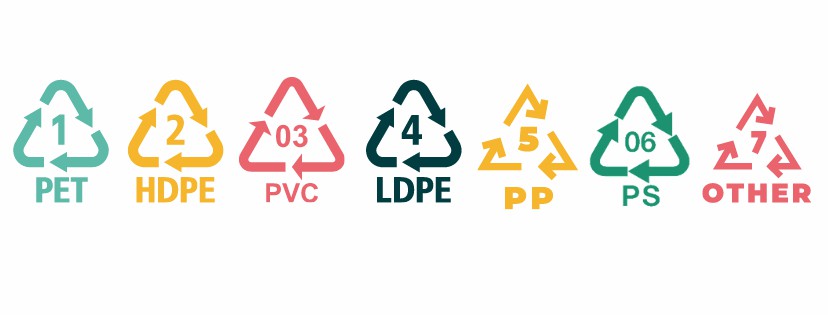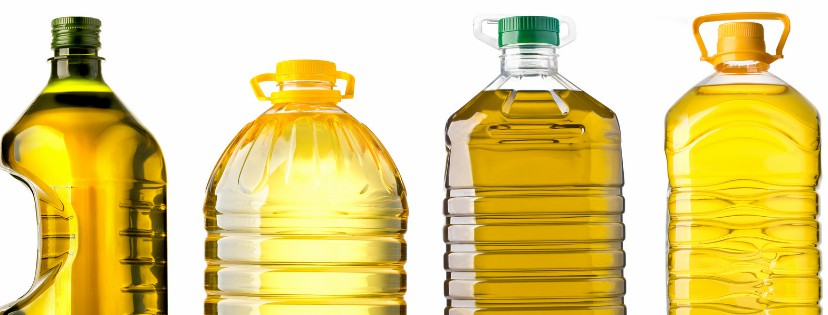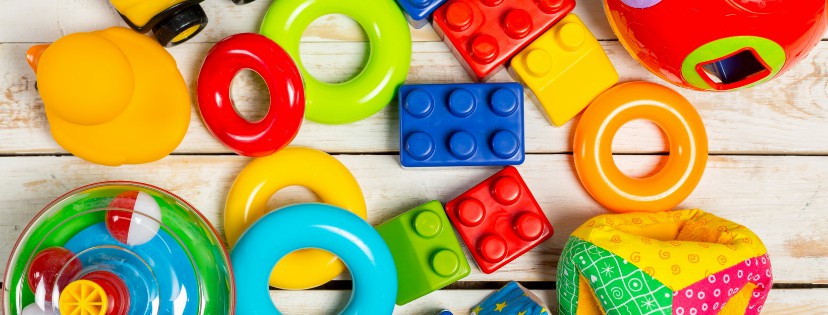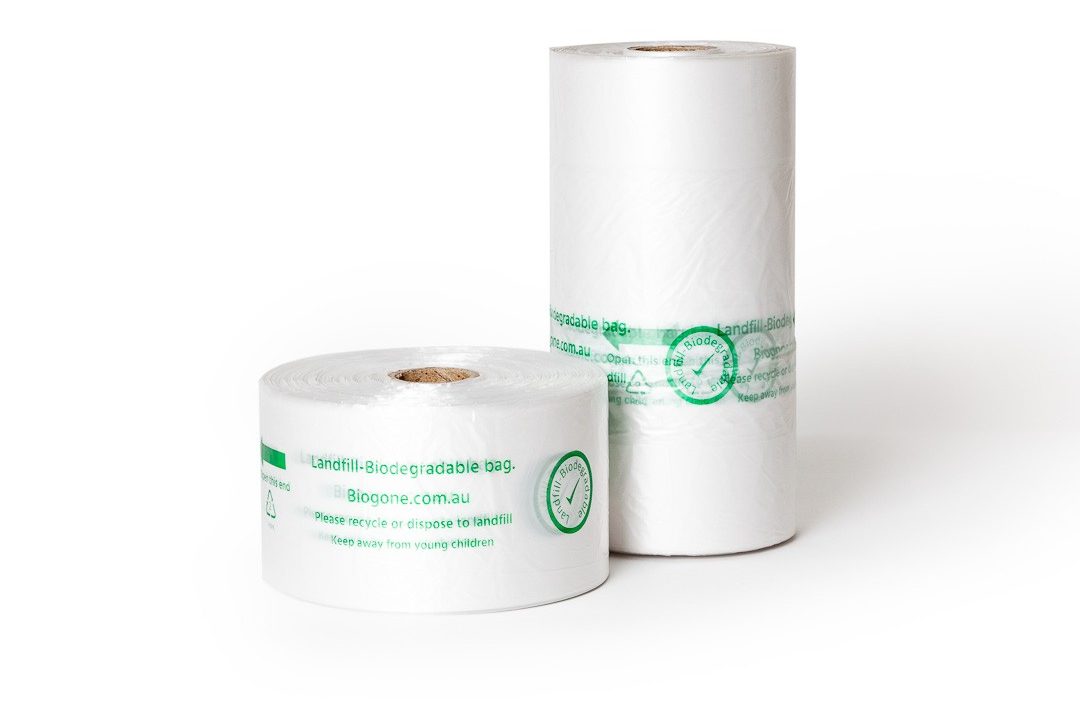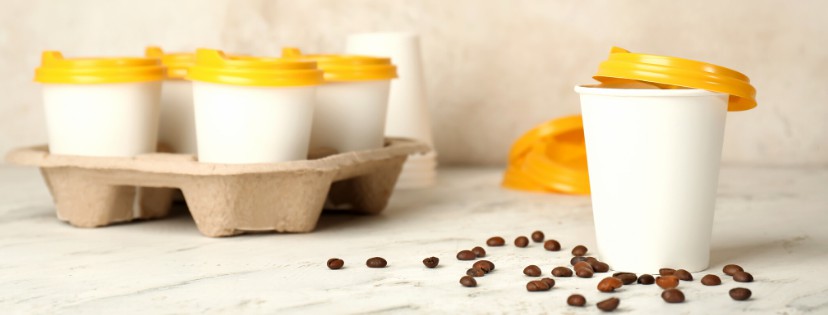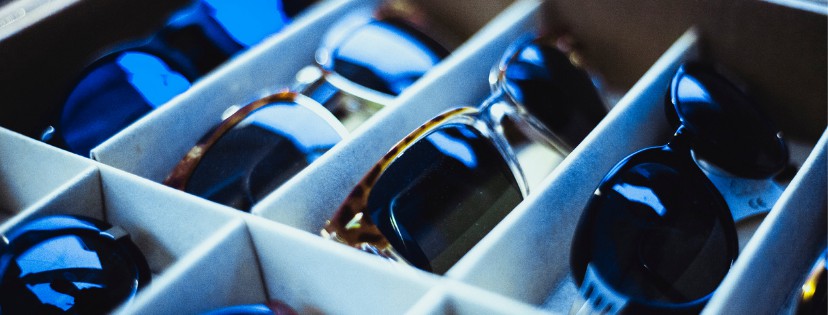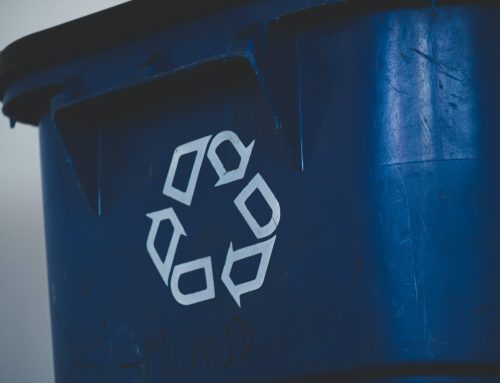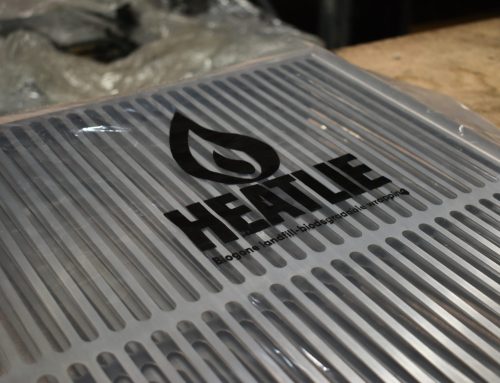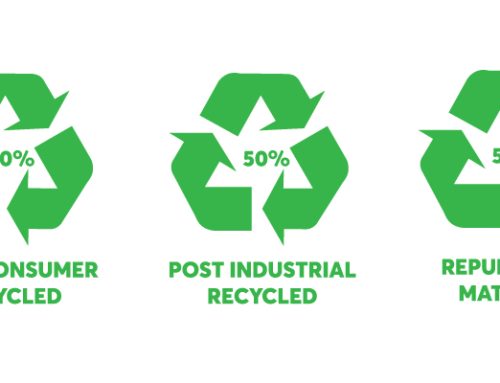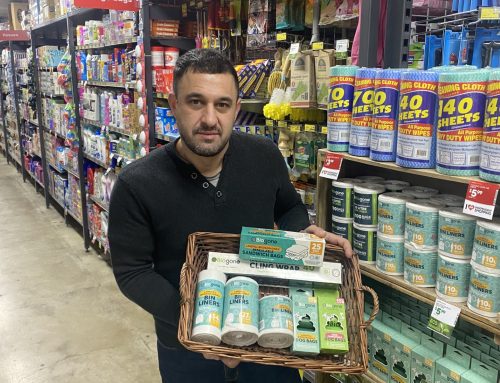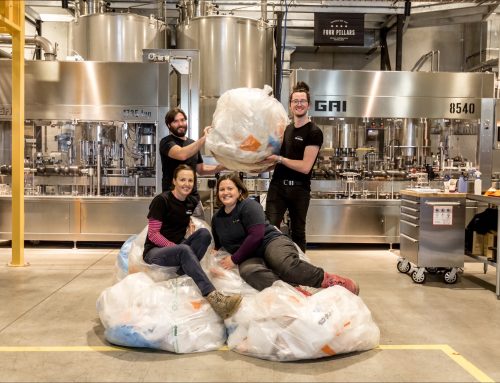Recycling can be confusing to many. People make the assumption that because it has a recycling symbol marked with a number from 1-7, means it can be recycled, but that’s not the case so let’s understand these codes a bit more.
What are the 7 recycling symbol codes and numbers?
The seven different codes found at the back or bottom of the product or product packaging features a number surrounded by a triangle logo.
This number tells you what grade of plastic it is and combined with the new ARL labels shows you how and if it can be recycled.
The following descriptions show what grades of plastic from 1 to 7 are coded.
Recycling Symbol 1 – PETE (PET) (Polyethylene Terephthalate)
This plastic is often the most common and easiest to recycle due to being clear and lightweight. This recycling code 1 will often appears on:
- Soft drink, juice and other beverage bottles,
- Vegetable oil containers.
These plastics can be recycled through your kerbside recycling bin and need to be emptied before disposed of.
Recycling Symbol 2 – HDPE (High-Density Polyethylene)
This plastic is very common and comes in both rigid and soft plastic form. This recycling code 2 will often appear on:
- Milk containers,
- Bleach and detergents,
- Food containers,
- Hair conditioner and shampoo bottles,
- Butter and yoghurt tubs,
- Biogone’s small landfill-biodegradable rubbish bin liners,
- Biogone’s small landfill-biodegradable dog poop bags.
The more rigid plastic form can be recycled through your kerbside recycling bin (empty). The soft plastic form including Biogone’s plastic products cannot go into the recycling bin and can be recycled at REDcycle located at most major supermarkets.
Recycling Symbol 3 – PVC (V – Polyvinyl Chloride )
You might recognise PVC in many products and packaging as it is cheap and a tough material. It is used to manufacture:
- Toys,
- Piping,
- Medical equipment,
- Furniture,
- Certain clear food packaging.
PVC is hard to recycle, hence why most councils don’t accept items with the recycling code 3 in kerbside waste collection. If you need to dispose of either material ask your local council or waste transfer centre.
Recycling Symbol 4 – LDPE (Low-Density Polyethylene)
LDPE plastic is soft and flexible and many of Biogone’s landfill-biodegradable products are made from LDPE including:
- Produce and shopping bags,
- Large bin liner bags,
- Resealable sandwich bags,
- Pallet strapping,
- Machine or hand stretch wrap,
- Bubble wrap,
- Dry cleaning bags.
These items can’t be recycled through your kerbside recycling bin and can only be recycled through programs such as REDcycle and made into furniture, roadbased or railway infrastructure.
Recycling Symbol 5 – PP (Polypropylene)
Materials made with polypropylene are hard but flexible plastic and used to manufacture products like:
- Ice cream containers,
- Plastic takeaway containers,
- Some yogurt containers,
- Syrup and medicine bottles.
These items can be put into your local council kerbside recycling bin clean and empty.
Recycling Symbol 6 – PS (Polystyrene)
Polystyrene is often bulky yet lightweight and can be hard to recycle. This is also due to its petroleum-based origins. Try to avoid purchasing products that have this class 6 recycling code or symbol on them. Items with this code include:
- Disposal coffee cups and plates,
- Foam packaging,
- Meat trays.
If you have products with this code stamped on them, contact your local council to best recycle or dispose of these items.
Recycling Symbol 7 – All kinds of plastics
Code 7 is used for all other kinds of miscellaneous plastics resins that don’t fit into any of the above categories. Including:
- Acrylics,
- Nylon,
- Rope,
- Sunglasses, and even CDs.
These items should never go onto your recycling bin for local council pickup. Contact your local council to best recycle or dispose of these items.
What recycling codes are definitely accepted by most councils?
It is safe to say recycling codes number 1, 2 and 5, are usually accepted by most local councils across Australia but always check the packaging. Just because it has a recycling symbol does not mean it can be recycled through your kerbside recycling bin. If in doubt:
- Dispose of it in a general waste bin
- Check with your local council
- Or ask the manufacturer if they have a ‘take back’ program.
Our philosophy is that if single-use plastic must be used in Australia, then it should be made to be recyclable or to have the ability to biodegrade at the site it is disposed of: in a landfill, or a commercial or home compost facility.
Contact Biogone today for all your packaging needs.

